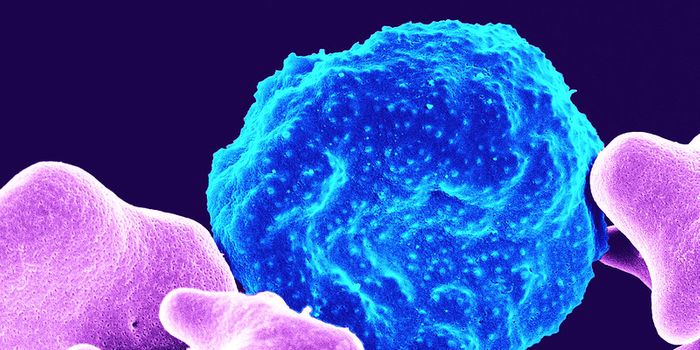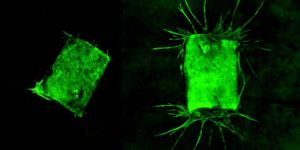Evidence Continues to Support Universal Masking in the Fight Against COVID-19
As the COVID-19 pandemic has spread around the world, scientists have tried to learn as much as they can about it, including how it spreads. Respiratory droplets have been implicated as a primary vector for transmission, and in many places, people have been encouraged to don masks that cover their mouths and noses. First, it was encouraged to stop asymptomatic people from expelling infectious droplets, and then studies began to show that it can also help protect the wearer from infection. New research reported in JAMA (Journal of the American Medical Association) has supported that hypothesis.
As Mass General Brigham, a mask policy was instituted in March 2020: everyone that worked in the hospital would have to wear one, though at the time little was known about how well it would prevent the spread of infection. Personally, I'm glad they were willing to try anything and everything that might have worked to slow the pandemic. Their efforts also paid off; the rate of COVID-19 infection among health care workers was reduced significantly.
"These results support universal masking as part of a multipronged, infection-reduction strategy in health care settings," said the corresponding study author Deepak L. Bhatt, MD, MPH, FACC, executive director of Interventional Cardiovascular Programs at the Brigham. "While we studied health care workers, the results also apply to other situations in which social distancing is not possible. For those who have been waiting for data before adopting the practice, this paper makes it clear: Masks work."
The Mass General Brigham system encompasses a dozen hospitals with around 78,000 employees and includes Brigham and Women's Hospital and Massachusetts General Hospital. The study investigated the electronic medical records of health care workers that had COVID-19 symptoms from March 1 to April 30. Anyone with symptoms was able to get tested during this time, and 13 percent were found to be positive for the SARS-CoV-2 virus - 1,271 people.
The researchers compared infection rates during the period before masking - March 1 to March 24, and after masking - April 11 to April 30, with a lag period in between while the masks were implemented and cases from exposures before masking became symptomatic. The study showed that the positivity rate had been doubling every 3.6 days, and increased from zero to 21 percent. After masking, the rate decreased in a linear fashion from 15 to eleven percent, even while cases number in the state continue to rise.
Other intervention measures that implemented may be confounding these results, the researchers acknowledged. But randomized trials are not feasible during an unprecedented crisis, they noted.
"This is the most direct COVID-19 research data to this point that is based on testing of health care workers pre- and post-implementation of universal masking policies," noted Dean Hashimoto, MD, the chief medical officer for Occupational Health Services at Mass General Brigham. "When our Infection Control leaders announced a universal masking policy early in the pandemic it was a bold move, especially at a time when, like all health systems, we were facing PPE shortages. But the results of this study demonstrate that requiring masks for all hospital staff regardless of role in the organization was critical to protecting our employees."
Sources: AAAS/Eurekalert! via Brigham and Women's Hospital, JAMA









